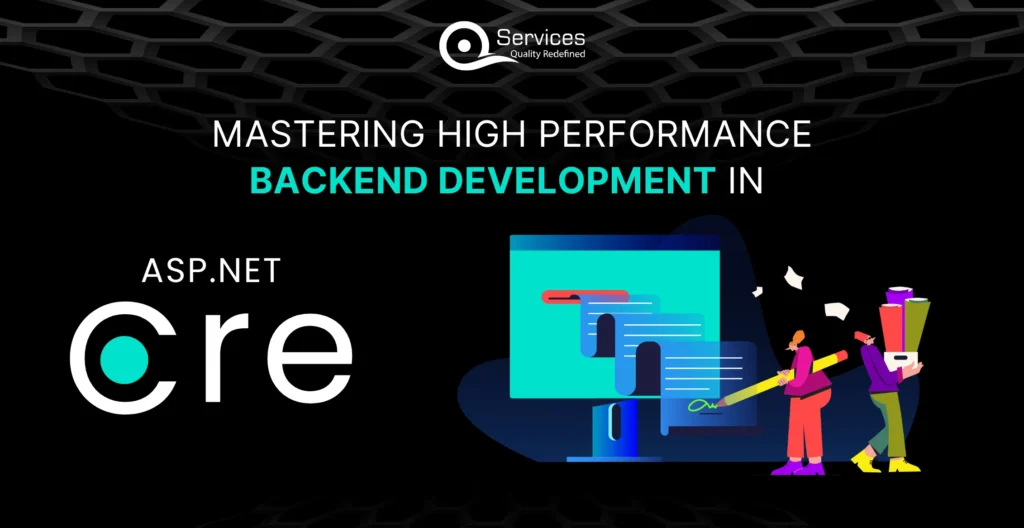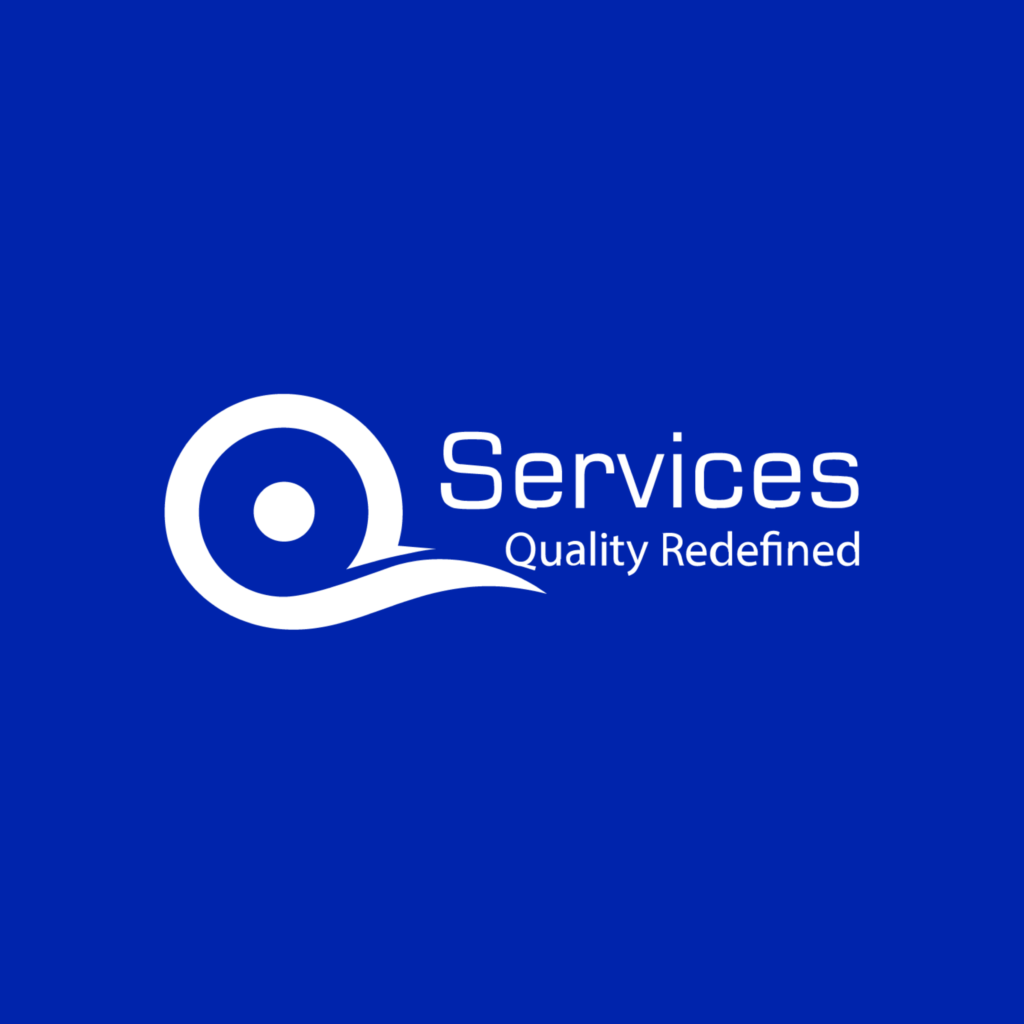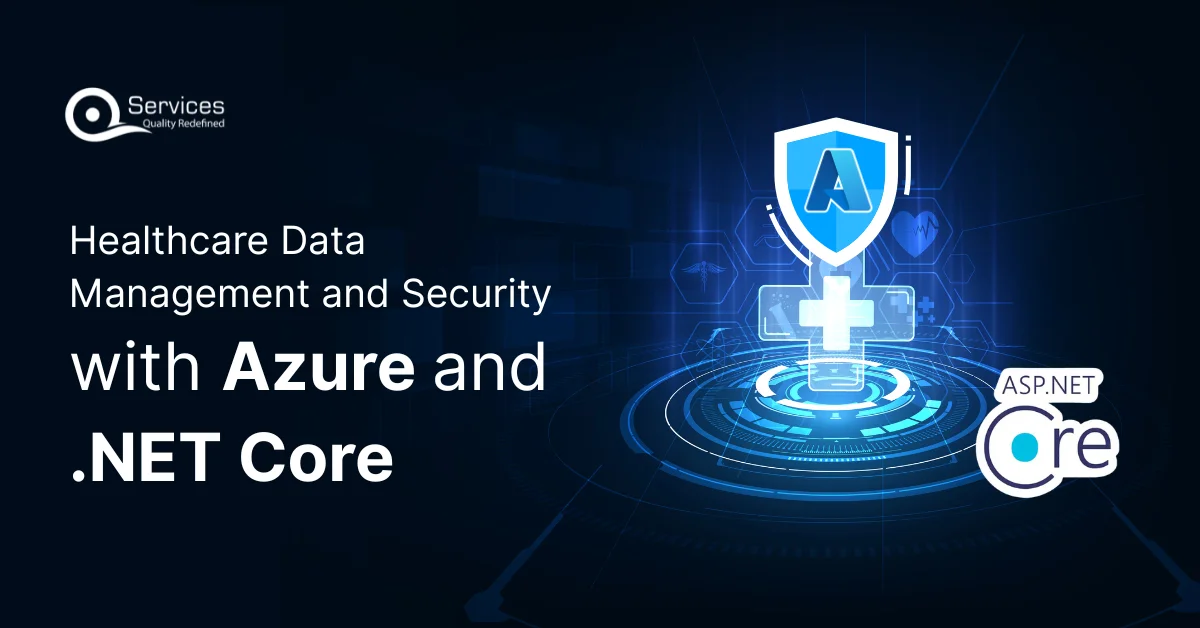
Rewards
.





CANADA
55 Village Center Place, Suite 307 Bldg 4287,
Mississauga ON L4Z 1V9, Canada
Certified Members:
.



Home » Mastering High-Performance Backend Development in ASP.NET Core

In today’s digital world, where cloud-based apps and online services are essential, there’s a significant demand for fast and reliable backend development. ASP.NET Core stands as a major framework for .NET developers and companies, providing a powerful platform to build modern backend services. This blog aims to delve into ASP.NET Core, assisting .NET developers and companies in excelling in creating high-performance .NET backend systems. Whether you’re a .NET backend development company or an individual developer, we’ll cover all the important details, giving you the insights and tools you need to succeed. Let’s begin!
To build fast and reliable web applications, a solid understanding of backend development fundamentals is essential. The backend serves as the core of your application, processing requests, managing data, and interacting with other services.
A well-architected backend is crucial for overall application performance. Whether employing ASP.NET Core, Python (with FastAPI), or another framework, consider the following principles:
Implement optimized algorithms and select appropriate data structures to minimize processing time and enhance performance.
Carefully design your database schema and create efficient indexes to accelerate data retrieval and improve query performance.
Utilize caching mechanisms to reduce backend load and significantly improve response times.
Leverage asynchronous programming for input/output-bound tasks to prevent blocking and enhance system responsiveness.
Implement load balancing to distribute traffic across multiple backend servers, ensuring the system can handle increasing loads and maintain high availability.
Get free Consultation and let us know your project idea to turn into an amazing digital product.
Backend development, which ensures dependable functionality, effective data administration, and seamless communication, is the foundation of web applications. This is why it’s so important:
Backend development carefully manages data storage, retrieval, and changes for everything from user profiles to transaction records.
The backend processes requests, performs calculations, and enforces rules, managing everything from user authentication to complex algorithms.
Backend development ensures smooth interaction between the user interface and the server, processing requests and sending back responses.
The backend secures user authentication and authorization, protecting sensitive data and preventing unauthorized access.
Backend development validates and cleans user input to prevent security threats like SQL injection and cross-site scripting (XSS).
As the application grows, the backend must handle more traffic. A well-designed backend scales smoothly, maintaining performance and reliability.
Backend developers optimize code, database queries, and server settings to reduce delays, improving response times and user experience.
The backend manages errors effectively, keeping the application running smoothly even with server issues or unexpected inputs.
Backend systems have backups ready to take over if the primary system fails, ensuring high availability and reliability.
Inefficient Database Queries: Suboptimal database queries, whether due to poor optimization or excessive usage, can significantly hinder application performance.
Memory Management Issues: Improper handling of memory, including memory leaks or inefficient memory allocation, poses a risk of escalating memory consumption, potentially leading to system instability.
High CPU Utilization: Elevated CPU usage, often stemming from inefficient code execution or resource-intensive tasks, can result in degraded system performance and slower response times.
Network Latency: Delays in data transmission caused by slow network connections or heavy network traffic can impair the application’s responsiveness and overall user experience.
Concurrency Challenges: Issues related to concurrent access to shared resources, such as race conditions or deadlocks, may compromise system stability and impact performance.
Suboptimal Algorithms and Data Structures: Poorly designed algorithms or inappropriate data structures can impede performance by prolonging processing times and increasing resource consumption.
Dependencies on External Services: Reliance on external services, such as third-party APIs or cloud platforms, introduces the risk of latency or reliability issues that can affect backend performance.
Overhead from Logging and Debugging: Excessive logging or debugging activities can impose unnecessary overhead on the system, particularly in high-traffic production environments, potentially hindering performance.
Addressing these performance bottlenecks requires meticulous analysis, optimization, and monitoring to ensure optimal functionality and responsiveness of the backend system.
.NET Core and .NET Framework differ in several key aspects:
.NET Core has firmly established itself as a premier choice for building backend systems, offering developers a comprehensive suite of tools to create efficient and scalable web applications. Even in 2024, .NET Core remains at the forefront of backend development technologies, providing developers with features specifically crafted to enhance performance and productivity.
Streamlined Architecture: .NET Core’s modular design empowers developers to create lightweight and agile backend systems, minimizing unnecessary components and optimizing performance.
Platform Flexibility: With compatibility across Windows, Linux, and macOS, .NET Core ensures seamless development experiences across diverse operating environments.
Cutting-Edge Web Standards: Supporting HTTP/2 and gRPC, .NET Core equips developers with the tools necessary to build high-speed, real-time applications capable of efficiently managing modern internet traffic.
Simplified Dependency Management: .NET Core offers built-in support for dependency injection, promoting clean and maintainable code while ensuring long-term performance.
Asynchronous Programming Capabilities: Leveraging asynchronous programming, .NET Core enables non-blocking I/O operations, allowing applications to handle increased request volumes with minimal resource consumption.
Optimized Caching and Database Access: .NET Core integrates effective caching strategies and optimized data access techniques, reducing latency and enhancing overall response times.
Begin by installing essential tools such as Visual Studio, a robust IDE for Windows, and the .NET SDK, which provides necessary libraries for development.
After installation, launch Visual Studio, and select “Create a new project.” Choose the “ASP.NET Core Web Application” template, configure options like authentication, and proceed with project creation.
Understanding the MVC Pattern: ASP.NET Core adopts the Model-View-Controller (MVC) pattern. The model handles data and business logic, views manage the presentation layer, and controllers handle user requests and orchestrate interactions
Key components of an ASP.NET Core project include controllers for request handling, views for UI presentation, models for data logic, the “wwwroot” folder for static files, and configuration files like “Startup.cs” and “appsettings.json.”
Crafting robust APIs for seamless communication between frontend and backend systems.
Developing backend solutions for IoT devices, facilitating data processing and management.
Building scalable and efficient backends for mobile applications, ensuring smooth functionality.
Seamlessly integrating external services and plugins to extend application functionality and enhance user experience.
Whether for web apps, REST APIs, or microservices, ASP.NET Core development companies specialize in leveraging the power and flexibility of ASP.NET Core to deliver reliable and high-performing backend solutions for various business needs.
Building high-performance backends requires a deep understanding of key concepts and best practices that can significantly enhance the efficiency and responsiveness of your application. Let’s delve into these core concepts in detail:
Leverage the power of ASP.NET Core’s robust Dependency Injection system to manage services efficiently. Employ constructor injection to resolve dependencies and configure services in the Startup.cs file using builder.Services.Add…() methods.
Prioritize scoped services over transient services to minimize memory overhead. Scoped services are instantiated once per request and reused within that request context.
Consider employing lazy loading for services not immediately required during application startup. Defer their instantiation until needed.
The middleware pipeline is pivotal in processing requests and responses. Optimize the order of middleware components to mitigate overhead. Utilize asynchronous middleware components to handle concurrent requests efficiently without blocking threads.
Exercise caution with heavy middleware performing resource-intensive operations. For instance, refrain from loading large files or executing complex computations within middleware.
Streamline data access with Entity Framework Core (EF Core) by providing an ORM layer. Seamlessly map database tables to C# objects and execute CRUD operations proficiently.
Thoughtfully design your database context to avoid unnecessary data loading during queries. Employ AsNoTracking() for read-only operations to enhance performance.
Strategically index your database tables to expedite data retrieval. Scrutinize query execution plans to identify potential bottlenecks.
Implement connection pooling to judiciously manage database connections. Reusing existing connections minimizes overhead.
Leverage ASP.NET Core’s in-memory cache for frequently accessed data. This is particularly suitable for small, frequently accessed datasets such as configuration settings or lookup tables.
Define appropriate expiration policies for cached items (e.g., sliding expiration or absolute expiration) based on your specific use case.
Explore Redis as a distributed cache solution renowned for its scalability and reliability. It excels in caching across multiple servers or microservices.
Maintain cache consistency by invalidating cached items promptly when underlying data changes.
In our journey to excel in high-performance backend development, let’s explore advanced techniques that can significantly enhance the efficiency and responsiveness of ASP.NET Core applications. These strategies delve deep into optimization, elevating your development prowess.
Asynchronous programming is pivotal for handling multiple tasks concurrently without blocking the main thread. Here’s why it’s indispensable:
Asynchronous code ensures your application remains responsive even during intensive tasks like database queries or API calls.
By freeing up threads during I/O-bound tasks, your application can seamlessly handle more concurrent requests.
Asynchronous code minimizes thread wastage, effectively utilizing CPU and memory resources.
Design methods as asynchronous and leverage await to manage asynchronous operations seamlessly.
Employ TPL for parallel task execution, utilizing constructs like Task.Run() and Parallel.ForEach().
Utilize multiple threads within a single process, ideal for CPU-bound tasks.
Spawn multiple processes, each with its memory space, suitable for I/O-bound tasks.
Utilize this construct to parallelize iterations over collections, efficiently distributing work across available cores.
Parallelize LINQ queries using PLINQ, optimizing data processing by dividing tasks among cores.
Employ CUDA to offload compute-intensive tasks to GPUs, particularly beneficial for machine learning and scientific computing.
Integrate .NET with TensorFlow for ML tasks, offering GPU support for neural network training.
Convert ML models to ONNX format for efficient execution across platforms.
These advanced techniques propel ASP.NET Core applications to unparalleled efficiency and responsiveness, aligning perfectly with the quest for mastering high-performance backend development.

As we delve into mastering high-performance backend development in ASP.NET Core, it’s imperative to address the vital aspects of security and scalability. These elements form the cornerstone of building resilient applications capable of handling increased demands while safeguarding sensitive data.
Implement mechanisms to authenticate user identities securely.
Define access control rules based on user roles and permissions.
Safeguard against malicious scripts by sanitizing user input and encoding output.
Employ measures to prevent unauthorized requests initiated by attackers.
Implement preventive measures such as parameterized queries or ORM usage to mitigate SQL injection attacks.
Scale out by adding new instances (e.g., VMs, containers) to handle increased traffic.
Distribute incoming requests across multiple instances to ensure even traffic distribution and prevent overload.
Utilize distributed caching solutions to alleviate database load and enhance response times.
Employ appropriate state management techniques to efficiently manage application state across multiple instances.
Mastering high-performance backend development in ASP.NET Core requires essential techniques for monitoring and profiling applications. These practices are crucial for maintaining optimal performance and identifying bottlenecks.
Robust built-in profiling tools for analyzing CPU usage, memory consumption, and response times directly within the development environment.
Automatically gathers comprehensive performance data, including response rates, failure rates, and dependency response times. Offers Azure integration for advanced insights.
Specialized .NET performance analysis tool for diagnosing performance issues, including CPU usage, memory behavior, and garbage collection. Provides integration with Azure for deeper analysis.
Offers in-depth profiling with detailed performance profiles of Windows operating systems and applications. Provides rich visualization options for performance data.
Use Parallel.ForEach() to parallelize iterations over collections and PLINQ to optimize data processing with parallel execution.
Choosing the right.NET development company is a critical decision for businesses seeking to build robust and efficient software applications. With many companies offering.NET development services, it’s essential to select a partner that aligns with your project requirements and goals. Here are key considerations to keep in mind:
Review the company’s history and success in.NET development.
Consider the length of time the company has been specializing in.NET.
Examine past projects and client success stories.
Assess the skills and expertise of the development team.
Ensure the company’s expertise in various .NET frameworks and related technologies.
Understand their experience with different frameworks like ASP.NET and Xamarin.
Determine the company’s ability to customize solutions to meet your specific needs.
Assess their experience with projects of similar complexity and scale.
Ensure they can accommodate changes and adjustments throughout the project.
Examine their dedication to delivering high-quality software.
Assess their quality assurance methodologies.
Evaluate their approach to testing and resolving issues.
Understand the support and maintenance services they offer after project completion
Ensure they have a solid plan for updates and maintenance.
Assess their availability for long-term support.
Financial Considerations: Consider the overall cost and the value offered by the company.
By thoroughly evaluating these factors, you can select a dot NET development company that will be a reliable partner in achieving your software development goals.
ASP.NET Core provides a solid foundation for high-performance applications. By leveraging its capabilities and following best practices, .NET backend developers can create adaptable and efficient backend systems. With continuous learning and improvement, achieving long-term success in .NET core development services is within reach.
Utilizing the above-mentioned advanced techniques and continuously refining your backend development approach are crucial for ensuring that your ASP.NET Core applications remain fast and reliable.
For more insights, check out our blog post “Boost Your Business with Dot Net Core Development: Benefits, Features, and Best Practices“. This resource provides more insight into how Dot Net Core’s robust capabilities and tried-and-true tactics can improve your organization.

Our Articles are a precise collection of research and work done throughout our projects as well as our expert Foresight for the upcoming Changes in the IT Industry. We are a premier software and mobile application development firm, catering specifically to small and medium-sized businesses (SMBs). As a Microsoft Certified company, we offer a suite of services encompassing Software and Mobile Application Development, Microsoft Azure, Dynamics 365 CRM, and Microsoft PowerAutomate. Our team, comprising 90 skilled professionals, is dedicated to driving digital and app innovation, ensuring our clients receive top-tier, tailor-made solutions that align with their unique business needs.

In the healthcare industry, managing and securing sensitive patient data is paramount. With the increasing adoption of cloud technologies, healthcare organizations are leveraging platforms like Microsoft Azure to store, process, and analyse healthcare data. However, with this shift comes the responsibility

The sector that comprises banking, financial services, and insurance (BFSI) is one of the most vulnerable to cyber threats because of massive volumes of sensitive financial and personal data being handled and processed on a daily basis.

In the fast-paced world of software development, delivering high-quality products quickly is paramount. Automated testing has emerged as a critical tool in achieving this balance. Unlike manual testing, where human testers execute test cases, automated testing relies on scripts and tools to perform tests. This approach offers numerous benefits that can significantly enhance the software development lifecycle.
ASP.NET Core: a high-performance, cross-platform framework for modern web apps. It offers speed through async programming, supports RESTful APIs, and includes built-in dependency injection. Its modular architecture combines ASP.NET MVC and Web API into one framework.
MVC (Model-View-Controller) is a pattern used in ASP.NET Core for creating views, models, and controllers and utilizing them effectively to construct web applications.
ASP.NET Web API is a framework used for building RESTful APIs consumable by a diverse range of clients.
ASP.NET Core supports high-performance backend development through its modular architecture, support for the latest web standards and protocols, built-in support for dependency injection, asynchronous programming, and deeply integrated caching and database optimization.
ASP.NET Core allows for building lightweight and high-speed backends. Its cross-platform capability allows applications to run on Windows, Linux, and macOS. It also supports the latest web standards and protocols, including HTTP/2 and gRPC
.





55 Village Center Place, Suite 307 Bldg 4287,
Mississauga ON L4Z 1V9, Canada
.




Founder and CEO

Chief Sales Officer

🎉 Thank you for your feedback! We appreciate it. 🙌